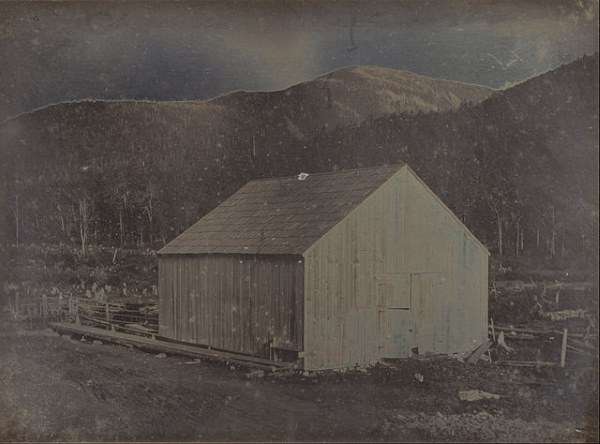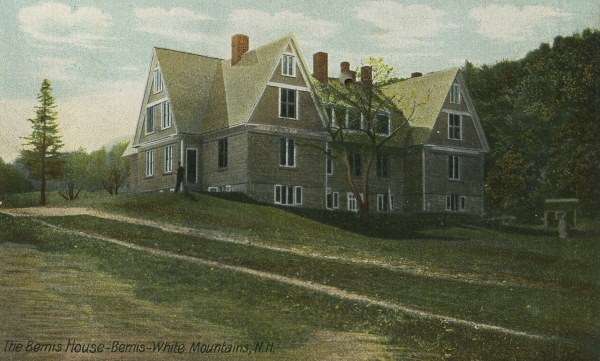Samuel Bemis was a Boston dentist who bought one of the first cameras in America in 1840 and took the first known landscape photographs. He abandoned photography, turning his enthusiasms to other nutty and not-so-nutty interests.
According to his obituary, he was “not as odd as might be expected, yet sufficiently so to distinguish him from the ordinary run of men.”
Samuel Bemis
Samuel Americanus Bemis was born in Putney, Vt., in June 1793, to Samuel Bemis and Hazadiah McWain. By the time young Samuel came into the world, his father had married and divorced three times. But Samuel, Sr., did not marry Samuel, Jr.’s, mother. Instead, he chose to give her cash.
Young Samuel Bemis did learn how to make clocks and watches from his father, who apparently passed his mechanical aptitude to his son. He moved to Boston at 19 and got a job as a clockmaker.
Samuel Bemis made a tool for his dentist friend, Z.B. Adams, that supposedly pulled teeth painlessly. He also made improved false teeth. Eventually he gave up making clocks and turned to dentistry in 1822.
His practice must have been successful because he could afford the expensive new hobby of photography. He could also take annual summer vacations to New Hampshire.
Jacque-Louis Mandé Daguerre
In 1833, Bemis took his first vacation to the White Mountains, just seven years after the Willey Family tragedy started attracting tourists to Crawford Notch.
He stayed at Ethan Allen Crawford’s Old Moosehead Tavern. Every subsequent year, Samuel Bemis vacationed in the White Mountains and befriended the Crawford family.
In 1840, Jacques-Louis Mandé Daguerre sent a sales representative to Boston to give talks on his new camera and equipment. Samuel Bemis attended the lectures and listened avidly. He bought one of Daguerre’s cameras on April 15 for $52 and 12 plates for $2 each. So photography started out in America as an expensive hobby.
Four days after buying the camera, Samuel Bemis made his first daguerreotype in Boston. In June, he headed for the White Mountains and made daguerreotypes – the first known landscape photographs in America.
He dabbled in photography for three more years. But he never excelled at it, because he didn’t properly process the images. Today, the George Eastman House displays Samuel Bemis’s camera equipment, his original bill of sale and some of his images.
In October 1843, Samuel Bemis gave up photography for other hobbies. His papers, some of which the Conway Public Library hold, reveal his many interests. They include art collecting, fly fishing, fine dining, construction of the Tenth Mountain Turnpike, ice house management techniques, timber thieves and genealogy.
Lord of the Valley
Samuel Bemis then bought land that included most of Crawford Notch. Shortly after he moved to New Hampshire, his true love spurned him. He threw his energies into building a granite mansion from stone quarried on his property. It took him close to a decade to finish the house, made completely of stone.
The house still stands today as the Notchland Inn.
He earned the nickname ‘Lord of the Valley’ during his lifetime, partly because of his habit of naming geographical features after himself. In the White Mountains you will find a Bemis mountain, lake, brook, road and ridge.
Samuel Bemis did name Frankenstein Cliff after his friend Godfrey Frankenstein, an artist who painted the White Mountains.
During his lifetime, he invested in several railroads and died a wealthy man in 1881. Bemis left all his property to George Morey, his friend and farm manager.
With thanks to whitemountainhistory.org.

